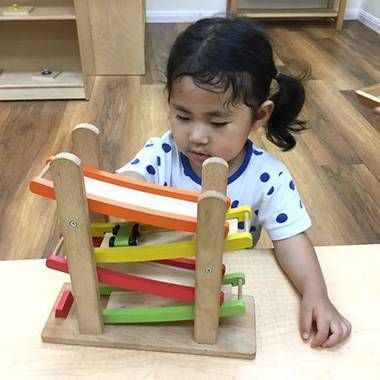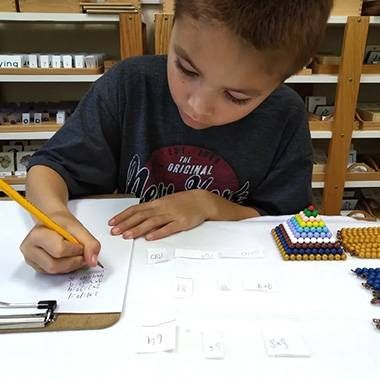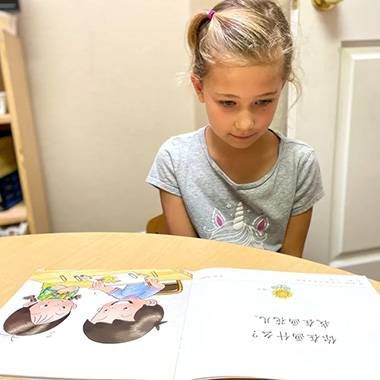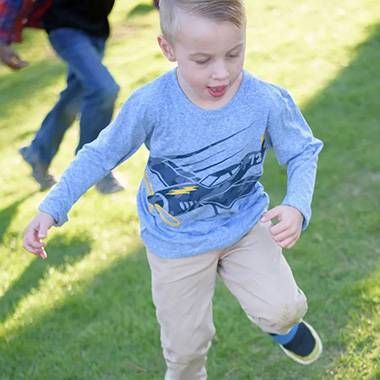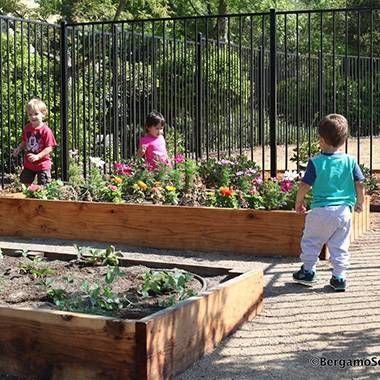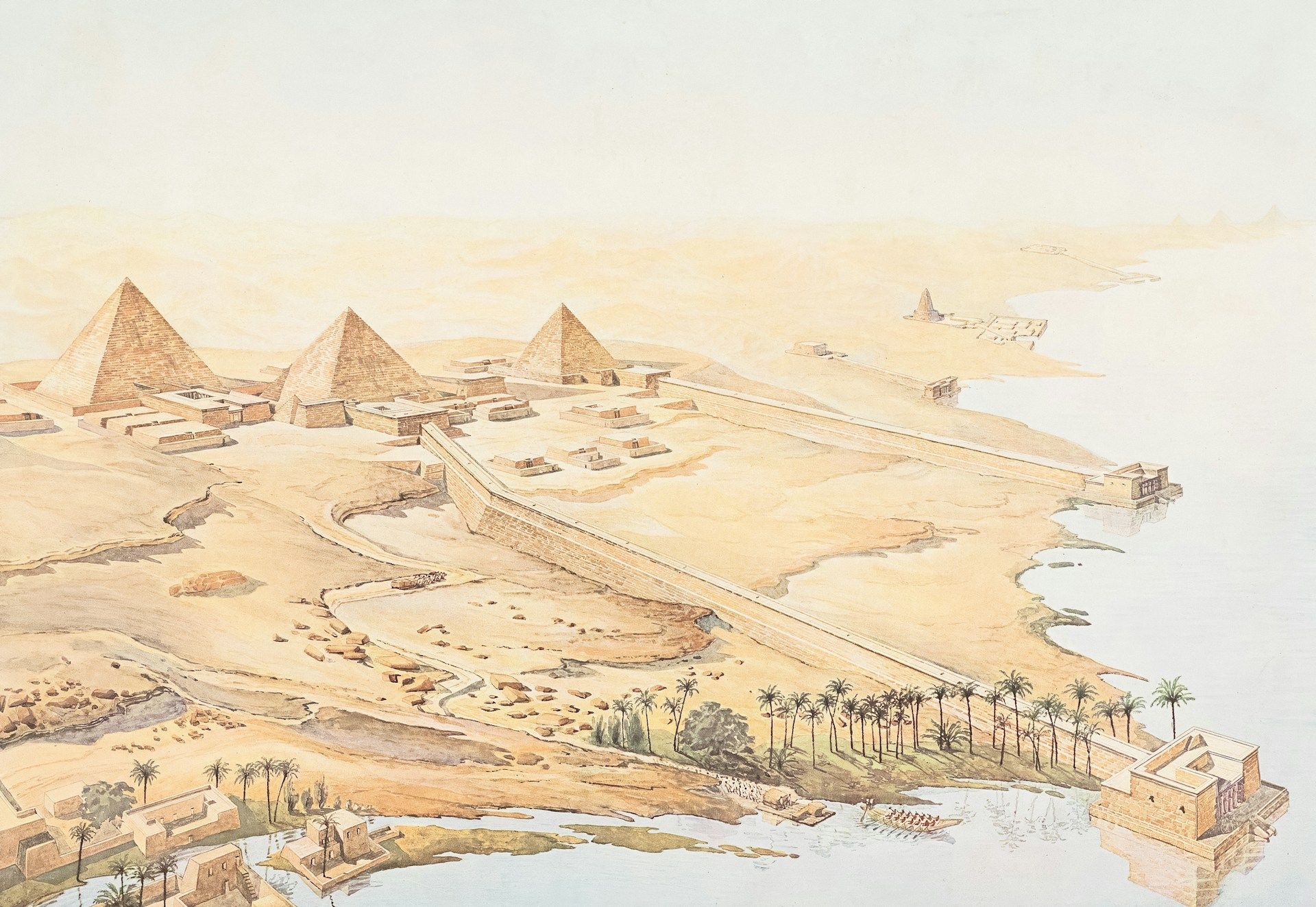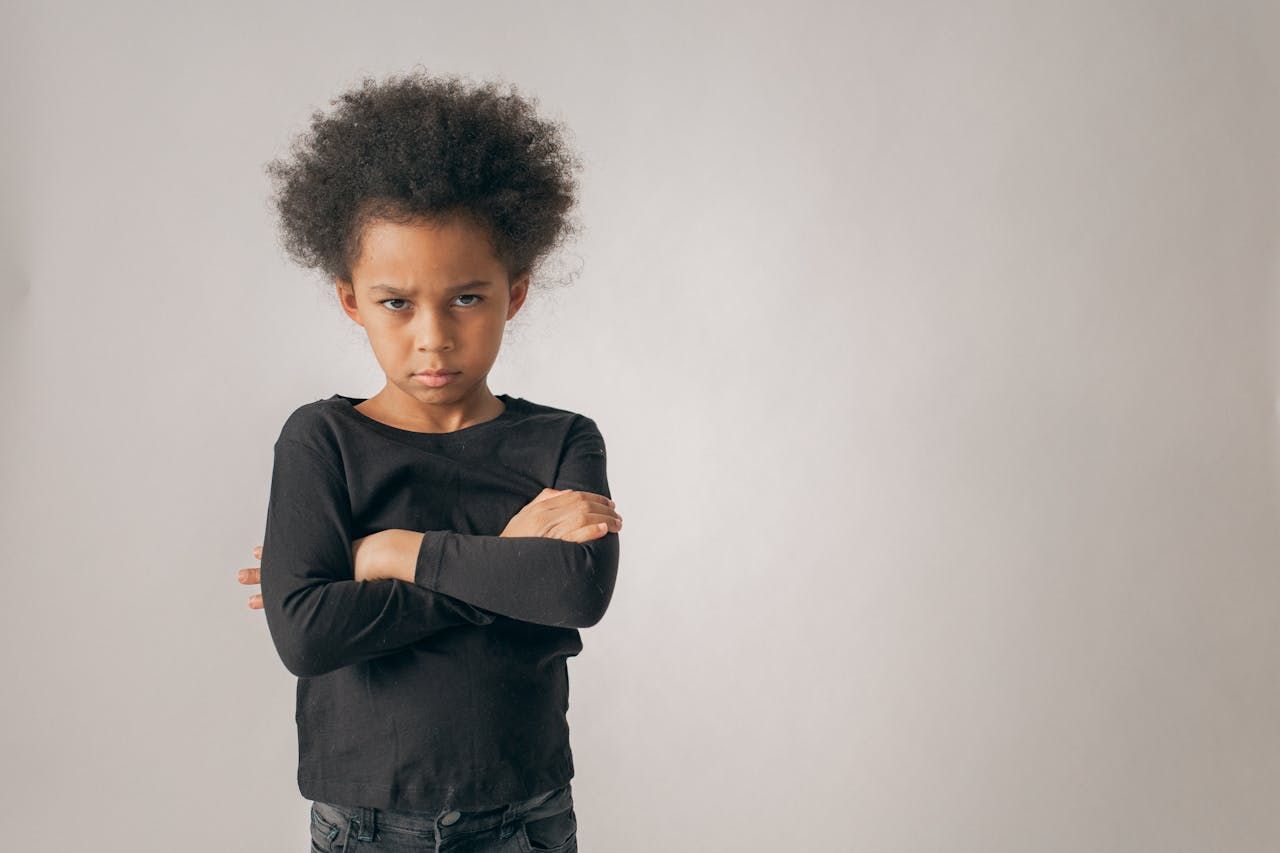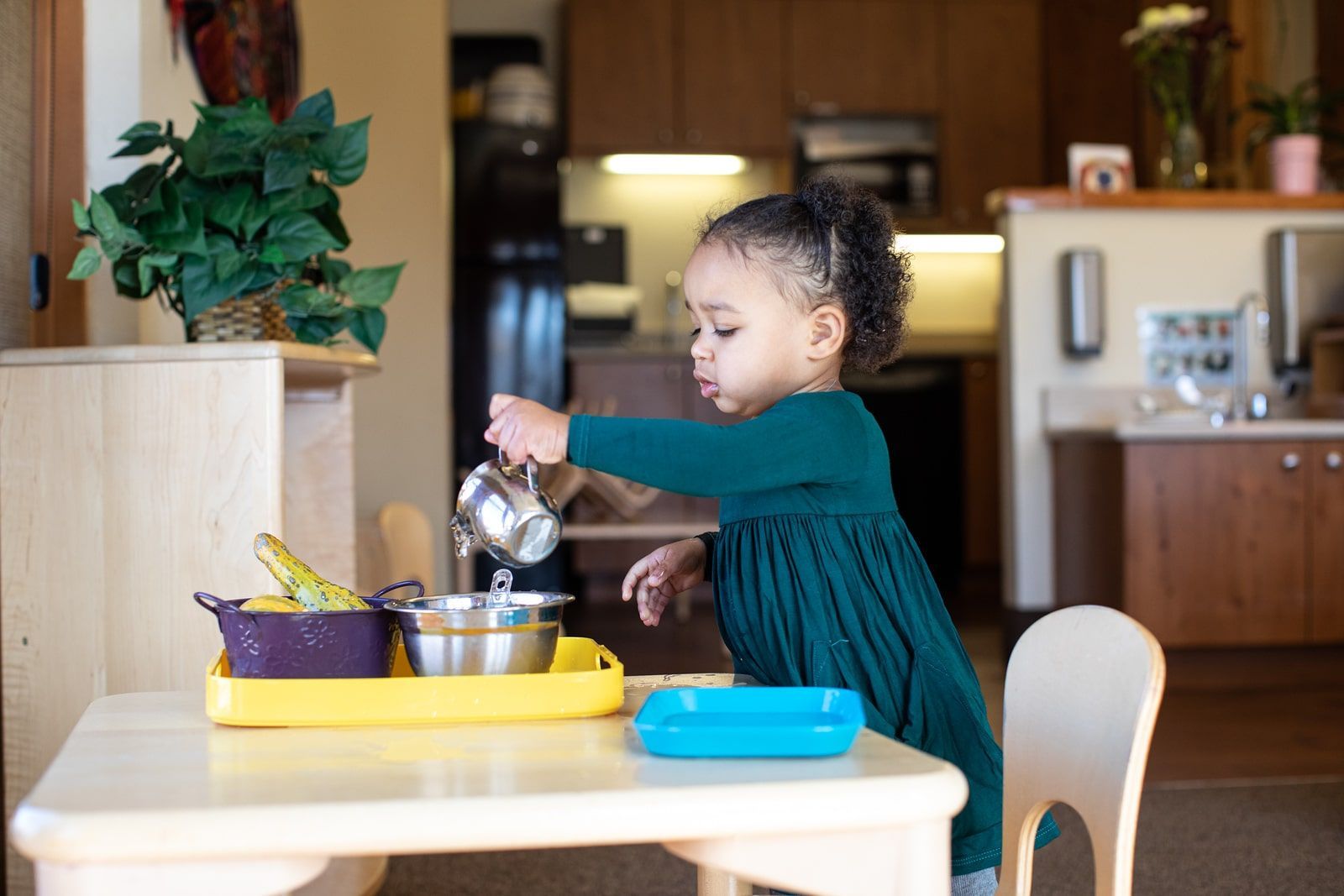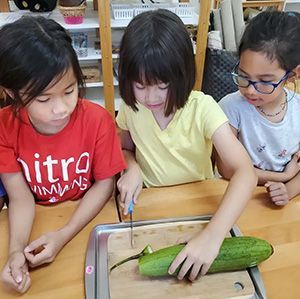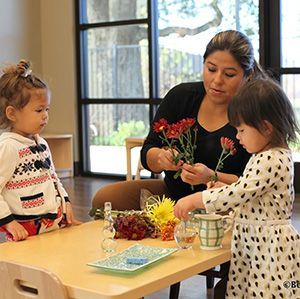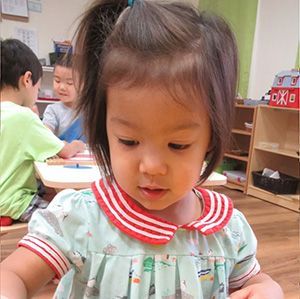Chinese Immersion Education
A Montessori school for children ages 18 months to 6th grade
Welcome to LakeCreek Montessori International School!
LakeCreek Montessori International School, formerly known as Jordan International Montessori School, is a Mandarin Chinese immersion school serving children starting at 18 months through 6th grade. Our school adheres to authentic Montessori standards, and our passion for education is evident in each child’s joyful eyes. Our classrooms are unique environments rich in challenges, compassion, opportunity, positivity, and encouragement. As a community, we aim to work with parents to inspire, educate, and guide your child toward fluency in Chinese, while learning life skills and gaining a thorough understanding of early academics. Starting with authentic Montessori for toddlers and progressing to a rigorous elementary Montessori curriculum, our students gain essential skills and knowledge that they will need to flourish as happy and confident children today, as well as successful adults tomorrow.
Our Programs
Parent Testimonials
After becoming hooked on Montessori education, I enrolled my son at Jordan and it has been a great experience! It’s been incredible to witness my child’s love to learn and grow while at Jordan Montessori. I feel my son is more prepared for life in both a practical manner and ability to connect with other people.
Claudia Gallo
Clean and neat set up in classroom. Very professional and impressive teachers with caring and love. Very organized teaching with impressive curriculum. My girl has learned so much during the past 2 years with advanced math and a lot of English words and a lot of Chinese characters and some Spanish. We are thankful for having this great school.
Haiyan Liu



